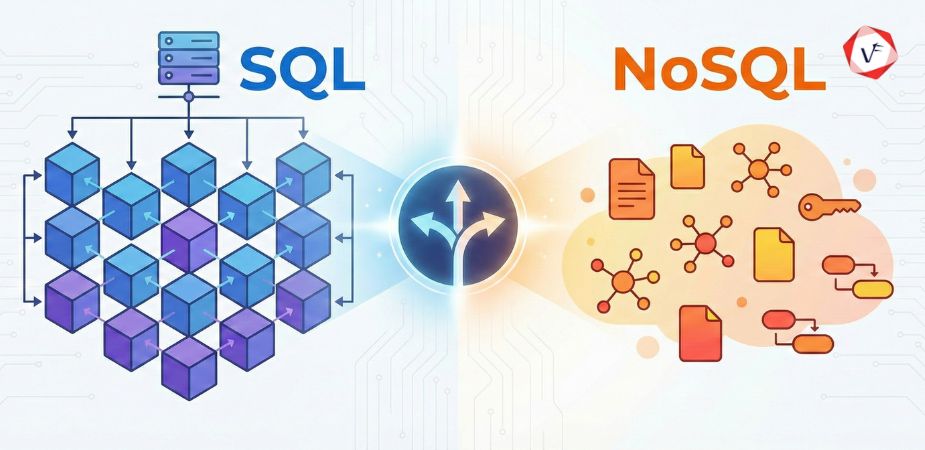- April 02, 2023 9:34 pm
- by Ajanth
- April 02, 2023 9:34 pm
- by Ajanth

While DevOps has gained widespread adoption, there are still challenges and questions surrounding its implementation and scaling within organizations. Despite its potential benefits, many organizations struggle to effectively implement and incorporate DevOps into their culture, automation processes, and platform design. As a result, they may encounter roadblocks in fully realizing the benefits of a DevOps practice. Given the difficulties that arise due to organizational changes, it is projected that a significant portion of DevOps initiatives is expected to fall short of expectations. In order to increase the chances of success, it is important to be aware of and avoid common pitfalls, some of which will be discussed below.
One common pitfall to avoid when implementing DevOps is misunderstanding the role or title of "DevOps." DevOps is not a job title or a specific role within an organization, but rather a cultural and operational approach that emphasizes collaboration, communication, and integration between development and operations teams. It is important to understand that DevOps is a mindset and a set of practices, rather than a specific role or department. By understanding that DevOps is a holistic approach to improving collaboration and integration between teams, rather than a specific role or title to be handled by certain individuals or groups, organizations can avoid the pitfalls and be better positioned to successfully implement and benefit from DevOps practices.
To speed up the delivery and testing process, developers may use continuous integration (CI) and continuous delivery (CD) simultaneously. While this can be an effective way to improve software delivery speed, it also carries the risk of incorrect code configurations being deployed to production environments without proper testing and evaluation. To mitigate this risk, it is important to have staging steps in place, such as pre-deployment and testing tiers, where developers can fix bugs and issues before code is deployed to production. In addition, it is essential to set up monitoring systems before code is delivered to end users. This allows teams to identify and address any issues that may arise. Finally, it is important to have a comprehensive review process in place, involving people who are familiar with the code, before it is delivered to customers. This helps ensure the quality and integrity of the code being deployed.
Successfully implementing DevOps principles requires aligning them with desired outcomes and making necessary internal changes to achieve predictable results. It is important to understand and master the core principles of DevOps, particularly the pillars of Culture, Automation, Lean, Measurement, and Sharing (CALMS). However, it is also important to recognize that no one-size-fits-all approach to DevOps exists and that each situation may require a unique approach. By being flexible and willing to adapt plans based on past experiences and failures, DevOps teams can effectively address the root causes of initiatives and align their efforts with the guiding principles of DevOps.
Many IT departments struggle to keep up with the rapid pace of change, particularly with the adoption of mobile, social, and cloud technologies. In their pursuit of speed, some companies may neglect product quality and focus solely on delivering products as quickly as possible. This can lead to issues such as lowered quality and too-quick releases of software that is not production-ready. Key performance monitoring also tends to be left for future versions due to this approach. In today's competitive market, it is important for companies to deliver high-quality products within the time constraints dictated by customers or internal demand. However, it is also important to recognize that achieving both speed and quality improvements is a challenging but crucial goal in DevOps. This requires developers and operators to adopt new and improved approaches to testing in order to achieve both speed and quality improvements.
One key area that is often overlooked in the implementation of DevOps is databases. While it is relatively easy to deploy temporary applications through the DevOps pipeline at high speeds, data-intensive applications can be more challenging to deploy due to the need for accurate data snapshots in different environments. To address this, it is important to prioritize the automation of databases, especially for data-centric applications. This may require specialized expertise to ensure that databases are properly integrated and automated with other applications. Failing to properly manage and automate databases can hinder the deployment and performance of data-intensive applications.
Security is an important aspect of DevOps that cannot be ignored. Many organizations may neglect security best practices due to the challenges and complexities of implementing them in a DevOps environment. This can lead to issues such as prioritizing developer productivity over security, resulting in insecure applications. To avoid this, it is important to take security seriously and consider incorporating DevSecOps practices into your organization. DevSecOps is an approach that integrates security into the DevOps process, ensuring that security is a continuous and integral part of the development and deployment process.
To ensure that issues are properly addressed and resolved, it is important for DevOps teams to have a clear and well-defined incident-handling process in place. This process should be ongoing and proactive, with a focus on consistency and error prevention. To ensure the effectiveness of the incident handling process, it is important to carefully document and outline the steps involved, including the requirements for incident response. Research and study of best practices and complete breakdowns of the process can be helpful in achieving success in this area.
In today's competitive business environment, organizations are increasingly adopting DevOps in an effort to stay ahead of the curve. However, these efforts can sometimes be unsuccessful due to a lack of organizational readiness and cultural change. To increase the chances of success, it is essential to implement best practices in continuous integration and continuous delivery (CI/CD). By doing so, you can streamline the software deployment process, quickly and efficiently deliver code into production, and effectively fix bugs. This will help facilitate a faster go-to-market process and ultimately increase competitiveness.

Guaranteed Response within One Business Day!

What is Digital Twin Technology?

What are WebAssembly (WASM) Applications?
Code Review Best Practices: Complete Guide for 2026

Database Selection Guide: SQL vs NoSQL
AI Agents in Enterprise Software: How Autonomous AI is Transforming Business Operations